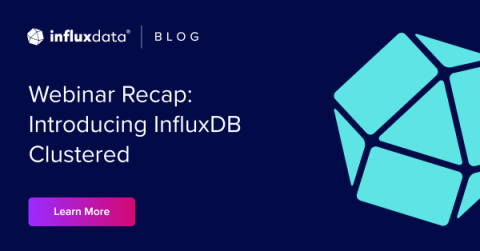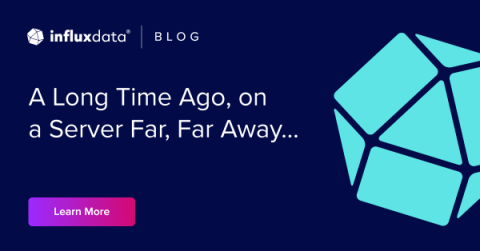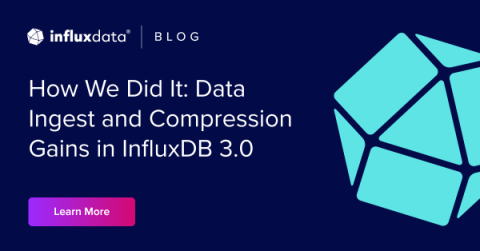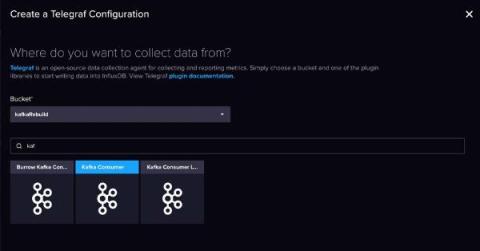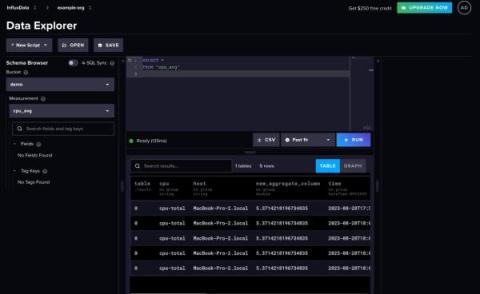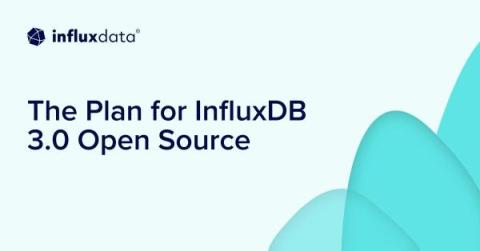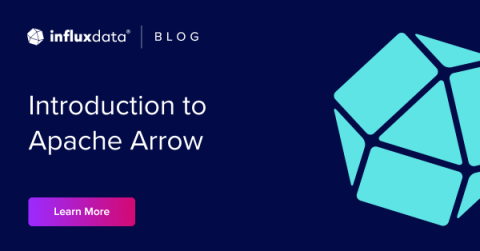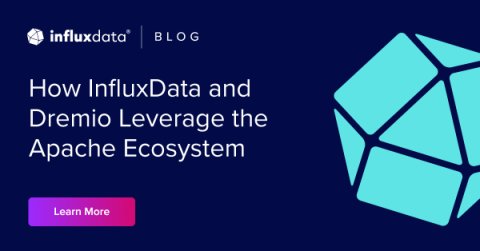Webinar Recap: Introducing InfluxDB Clustered
Time series data is foundational in almost all applications and services. Even if time series isn’t the focus, like in an IoT sensor data centered application, it appears in monitoring data as metrics, logs, and traces. Because of time series data’s unique characteristics, it’s best served in a time series database. InfluxDB is purpose-built to handle the high volume and velocity of time series ingestion, and perform real-time analytics, alerting, and anomaly detection at scale.


